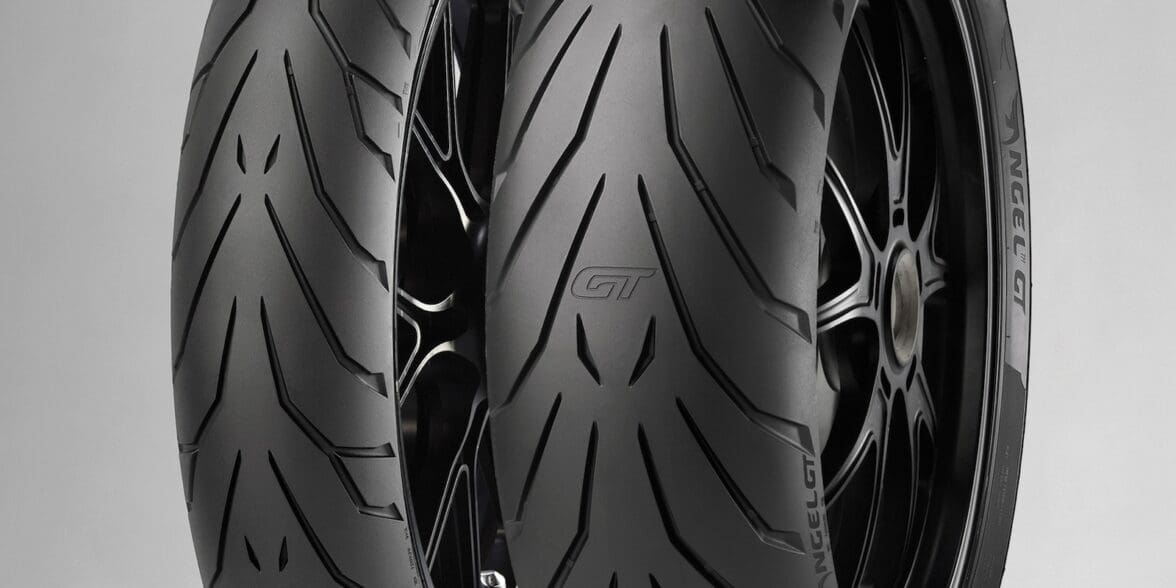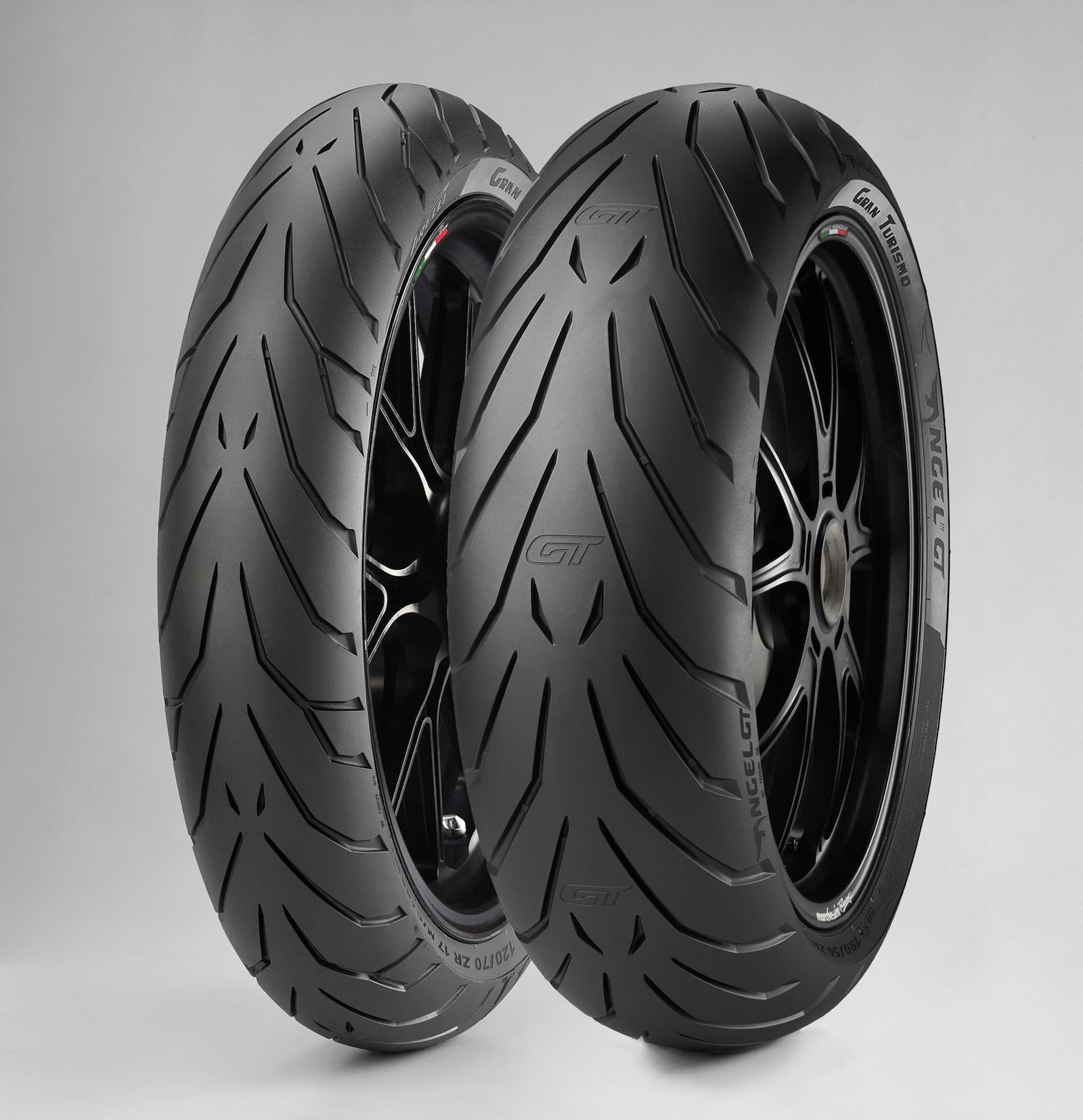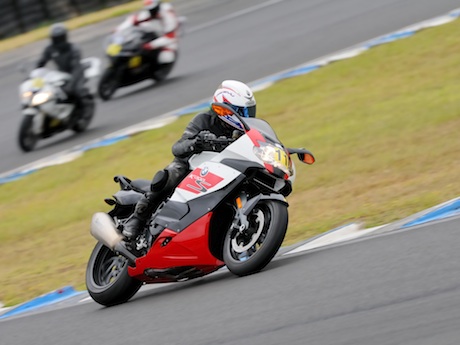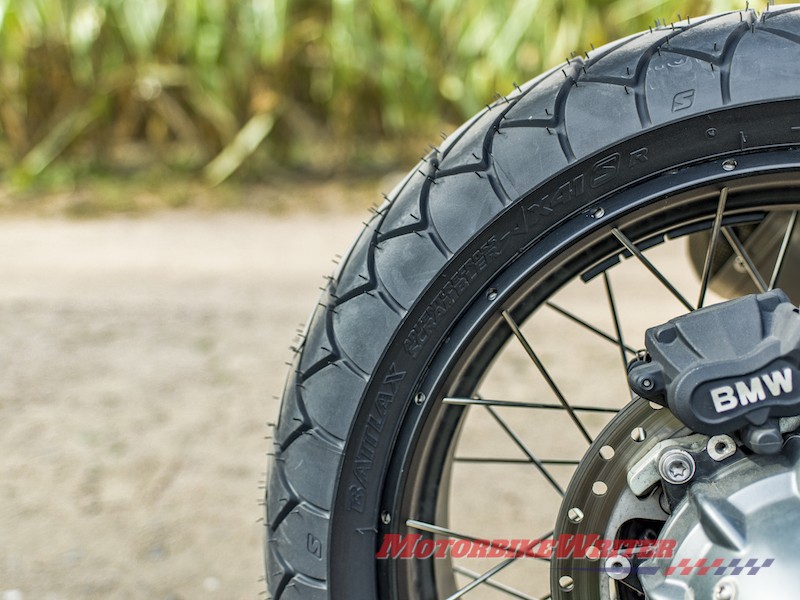Ever wondered what the hieroglyphic codes on the side of your motorbike tyre mean? It seems a confusing, long list of numbers and letters.
A typical bike tyre might read 180/50ZR-17 M/C.
There are other combinations and additions on some tyres, especially for other vehicles such as quad bikes, trikes, outfits etc. Thankfully most tyres stick to an international standard like the one shown above.
However, it’s a confusing mix of metric and imperial measurements, codes and letters.
We won’t go into all the permutations of these codes, but this is a basic guide to the more commonly used on modern tyres.
Codes
The first number is the width of the tyre in millimetres. In this case it’s 180mm at its widest part, not the contact area.
Front tyres are usually narrower than the rear and a wider tyre doesn’t necessarily mean it puts more rubber on the road which is more a result of the curvature of the tyre. Which leads us to …
The next number is the profile or the height of the tyre from the rim to the outer edge and it’s expressed as a percentage of the width of the tyre.
Off-road and adventure tyres tend to have high profiles, touring tyres have lower profiles and sports and custom tyres have the lowest profile.
The tyre profile can affect the curvature of the tyre which impacts contact with the ground.
Typically, a higher profile has more flex and a lower profile is stiffer. However, this is not always the case as it depends on the construction of the tyre. Which brings us to the first of the letters.
Letters
The first letter refers to the maximum speed the tyre should be used at maximum load and inflation. In this case Z is anything above 240km/h with no top speed limit.
Here are the internationally recognised speed ratings:
J = 100km/h
K = 110
L = 120
M = 130
N = 140
P = 150
Q = 160
R = 170
S = 180
T = 190
U = 200
H = 210
V = 240
W = 270
Y = 300
There is also a series of ratings with V and then a number that directly correlates with the speed. For example V280 is 280km/h.
The next letter refers to the construction of the tyre. B stands for belted and R for radial. Belted tyres are reinforced with materials such as Kevlar for extra strength and load.
The letters are then followed by the wheel rim size which is expressed in inches. In this case it’s a 17-inch wheel.
There can sometimes be extra letters after this. M/C obviously stands for motorcycle. There are a lot of other letters that can be used, especially for other powered vehicles but the main ones used on two-wheelers are TT for tubed tyre and TL for tubeless.
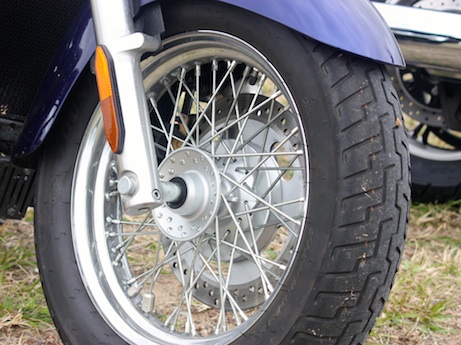
Tyre type
Look further around the tyre and you will see some more groups of letters, numbers and arrows plus maybe even a self-evident description of the tread and sidewall construction materials. For example “4 plies nylon”.
The arrows simply indicate the direction of the tyre rotation. Check this as I have had a tyre fitted backwards by a supposed professional tyre fitter.
There can also be a two-figure-one-letter code such as 67H on your tyre. This is the load/speed index and it’s quite confusing.
The figures represent the maximum load carrying capacity and they are a code with no direct reference to the weight. For example 30 is the code for 106kg load.
I won’t list all the codes which includes every number from 30 to 100, but you can tell how it goes from these examples: 40 is 140kg, 50 = 190kg, 60 = 250kg, 70 = 335kg, 80 = 450kg, 90 = 600kg and 100 = 800kg.
The letter is yet another code for the speed rating. Some are the same as on the lengthy code on the tyre such as Z, but there are others that are different for some inexplicable reason. Basically the two different speed rating codes on your tyre should match.
Here they are:
B = 50km/h
C = 60
D = 65
E = 70
F = 80
G = 90
J = 100
K = 110
L = 120
M = 130
N = 140
P = 150
Q = 160
R = 170
S – 180
T = 190
U = 200
H = 210
V = 240
Z = >240
W 270
(W) = >270
Changing your tyres
You can change your tyre brands from those bolted on your bike by the manufacturer, but the best advice is to stick with the same codes or you may void your warranty.
Other ramifications are blowouts from too much load or speed, wonky handling, diminished braking ability, faster wear and/or inaccurate speedo.
Where this becomes interesting is on adventure bikes where you might go to a more aggressive knobby tread pattern with a different set of codes. Some of these may be permissible but check your owner’s manual.
A common practice on adventure tyres is to have a knobby front for grip and steering control and a dual-sport on the rear for touring longevity.
This may also void your warranty and in some jurisdictions is considered unroadworthy.
You can’t always trust tyre fitters who might be pushing a tyre they want to get rid of or a more expensive option.
Always check your owner’s manual for permissible replacement tyres and stick to it.
To check whether your tyre still has a legal amount of tread, look for the wear indicator in te middle of the tread cut. It will be a blob of rubber. If it is flush with the surrounding tyre, it’s now illegal to ride on it.
Tyres, like helmets, can sit on the shelf for a long time before being sold.
As rubber perishes with age, it’s important to check the manufacturing date which is expressed as a series of four numbers. The first two numbers are the month and the last two the year.
If there are only three numbers, then it was made before 2000.


